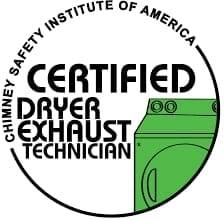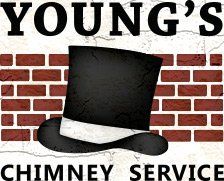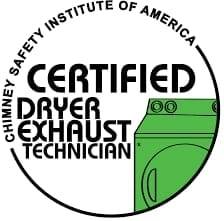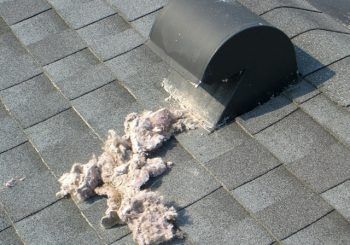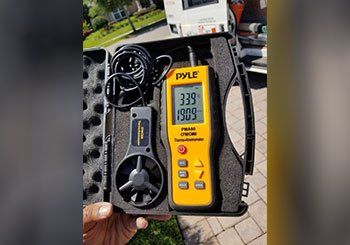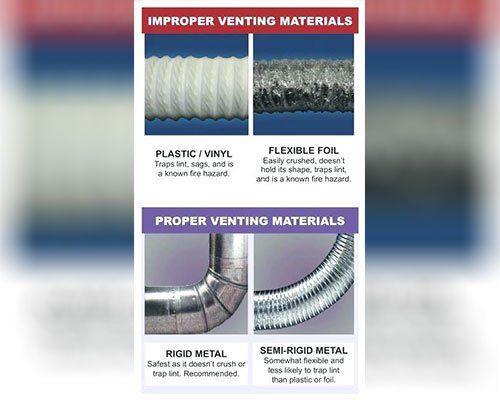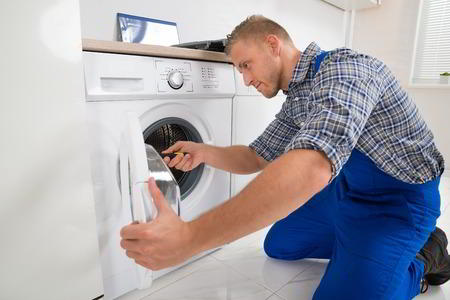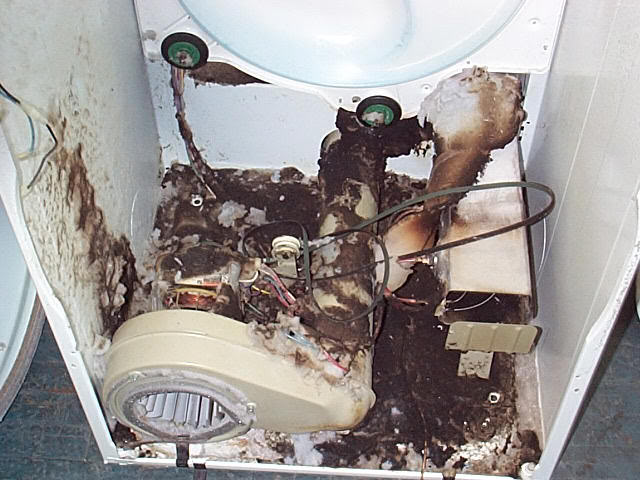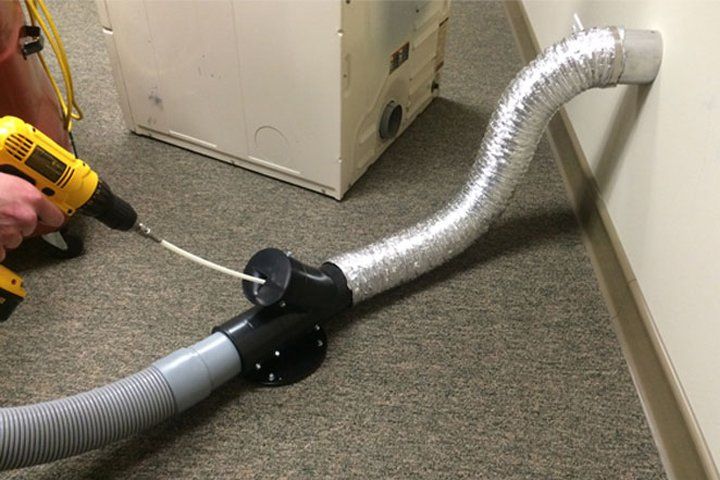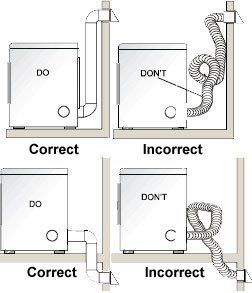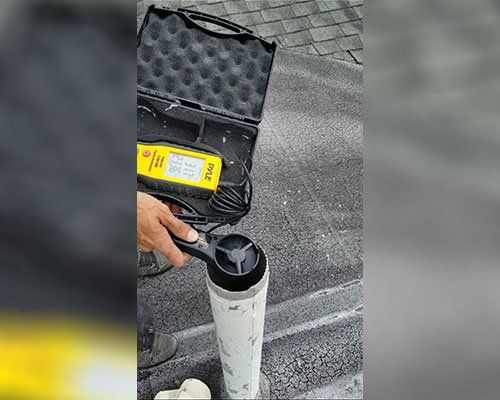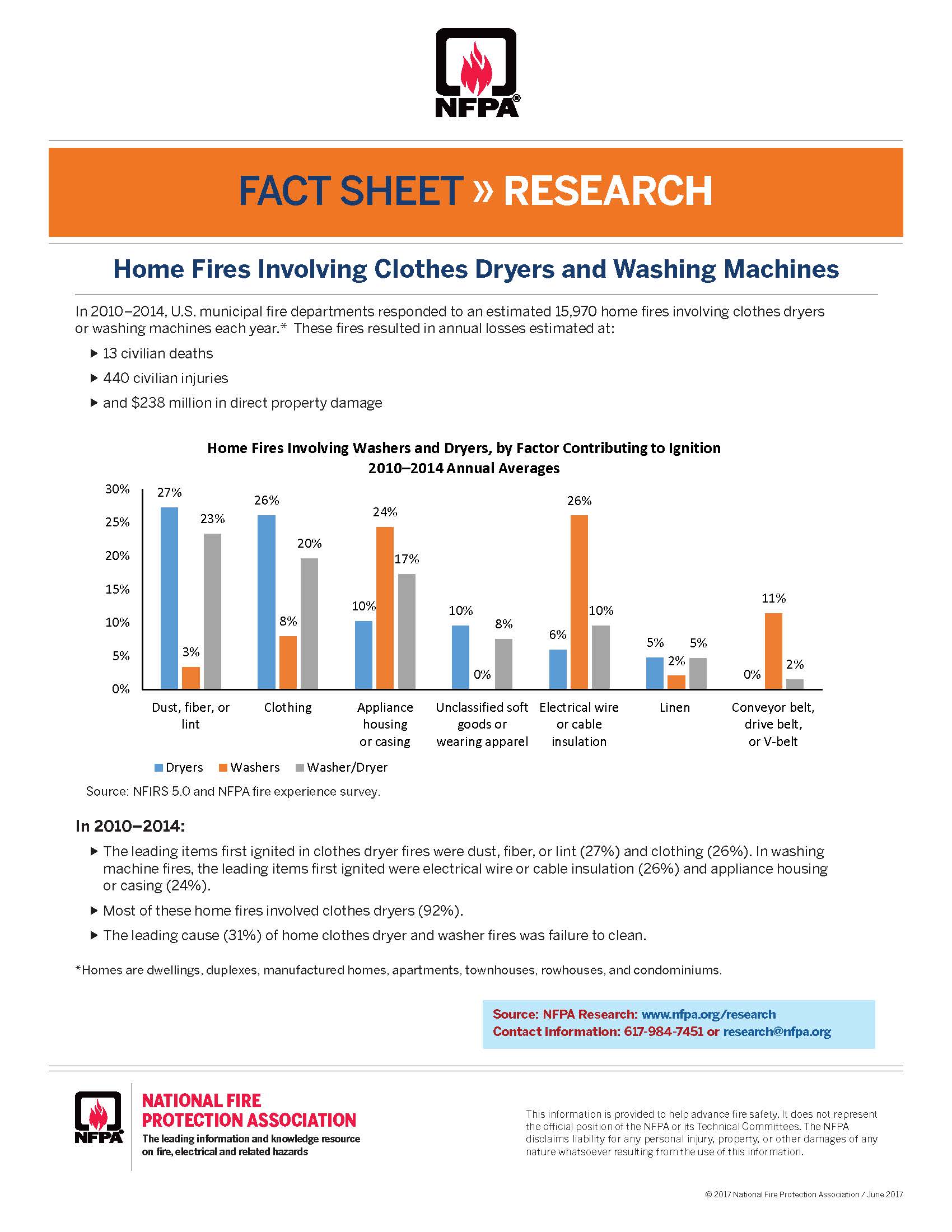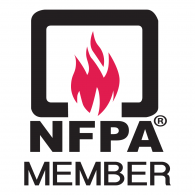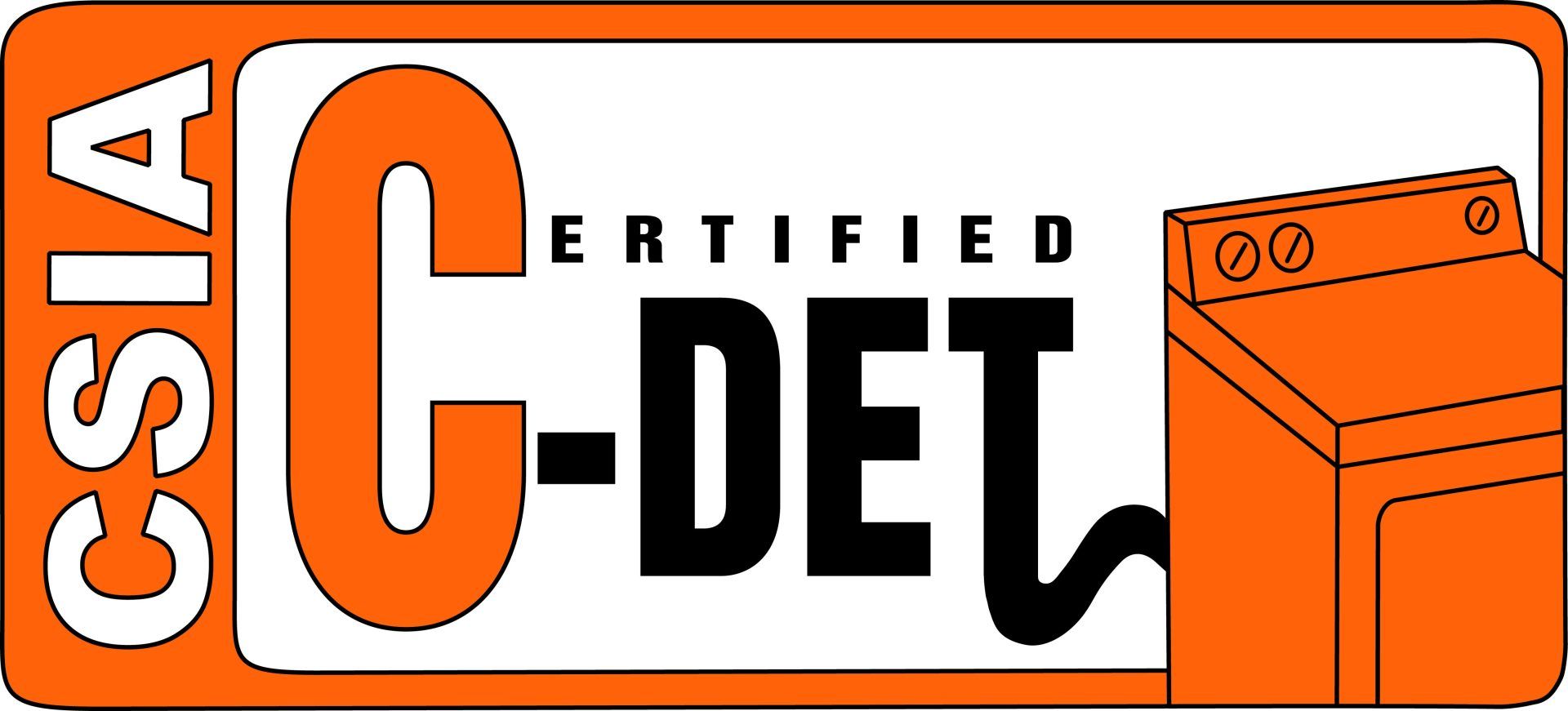Call Now -
ANNUAL DRYER VENT CLEANING & FIRE HAZARD INSPECTION IS HIGHLY RECOMMENDED
Our Dryer Vent Cleaning Process
Young’s Chimney service and most of the Dryer vent cleaning industry recommends a annual cleaning & fire hazard inspection of your entire Dryer vent Exhaust system. We would like to take a moment to educate you on our Dryer vent cleaning process that we believe after many years has been perfected.
Step #1
of our processes will begin by being greeted by a highly trained technician that will once again explain the process of what sets us apart from the handyman or other non certified dryer vent cleaners.
Step #2
A technician will turn the dryer on and then proceed to inspecting the exhaust exit of your Dryer vent exhaust system. With today's building code standards it is common to have a Dryer vent exhausting up though the roof. However, some dryer vents exhaust out of the side of your home. (In rear cases some exhaust underground then routed to the side of house) We know it’s crazy design but many homes are built this way and it is acceptable by building codes and standards up to 35 feet. If the Dryer vent is cleaned yearly it doesn’t seem to present much of an issue.
Step#3
A technician will use a tool call a Vane Aneomometer to measure the air flow of your Dryer vent.
Step # 4
A technician will remove your Dryer from the wall and inspect ductwork for leaks and make sure the proper duct was installed.
Step #5
A technician will remove a pipe or a panel or lift the lid of the Dryer to inspect the Dryer for flammable deposits near or in your heating element coils. (These heater coils reach temperatures over 1000 degrees Fahrenheit) Almost every handyman or Dryer vent cleaning company skips this step. The Dryer heating element is where the Dryer vent fire begins its destructive journey. If a Dryer vent is clogged flammable lint will back pressure and leak past badly designed seals in the dryer cabinet where you can’t see. All dryers leak lint inside hidden cabinets from back pressure and some much worse than others.
Step # 6
If the technician sees a fire hazard they will notify the customer and we do provide Dyer heating element cleaning service if needed. As far as we know we are the only Dryer vent cleaning company in Central Florida taking care of the actual fire hazard. (Flammable lint in or on heating elements.)
Step #7
Technician sends detailed pictures of the clean dryers to the office.( If Dryer is serviced)
Step #8
Technician will mechanically clean the Dryer vent using 3 different size in diameter brushes. Tech will connect brushes to 3 foot button lock rods and run each rod forward on 20 volt Dewalt drill 3 passes and reverse 3 passes to ensure that a very clean dryer vent is the final result. Next we will place a strong electric blower in the bottom of the exhaust duct to make sure all loosened flammable deposits are ejected up through the roof. 95% of lint is brushed and pulled down into a vacuum. Only a small amount is blown on the roof to which we use a small battery operated leaf blower to clean up.
Step# 9
Tech will reinstall the dryer properly checking for any leaks. (This is especially important with gas dryers due to the fact that they exhaust harmful carbon dioxide)
Step #10
Step 10 is the gratifying part for our technicians. This where we take our last air flow measurement to see if we were able to reach a desired 1500 feet per min air flow reading. In almost all causes we exceed this adequate reading.
Step #11
Clean up and Annul reminder sticker for the customer.
The Dryer Heating Element: The Only Place a Dryer Fire Can Start.
Back pressure is what causes a dryer to catch fire. Back pressure is the result of hot air and lint being unable to exhaust out of the roof exit. Common causes of dryer exhaust issues are improper ductwork or a clogged line.
Why is back pressure so dangerous?
Flammable Lint and hot air must be exhausted outdoors. When they're redirected into the dryer cabinet due to a clog or kink in the venting system it cannot be seen without taking the dryer apart and inspecting it. The lint sits on-top of the dryer heating element or can be drawn into the heating element at a rate of 200 ft 3
a minute. A gas dryer has a flame that can reach heights of 6 to 12" and degrees of 850 Fahrenheit while an electric heating element can reach temperatures of over 1000 degrees Fahrenheit.
